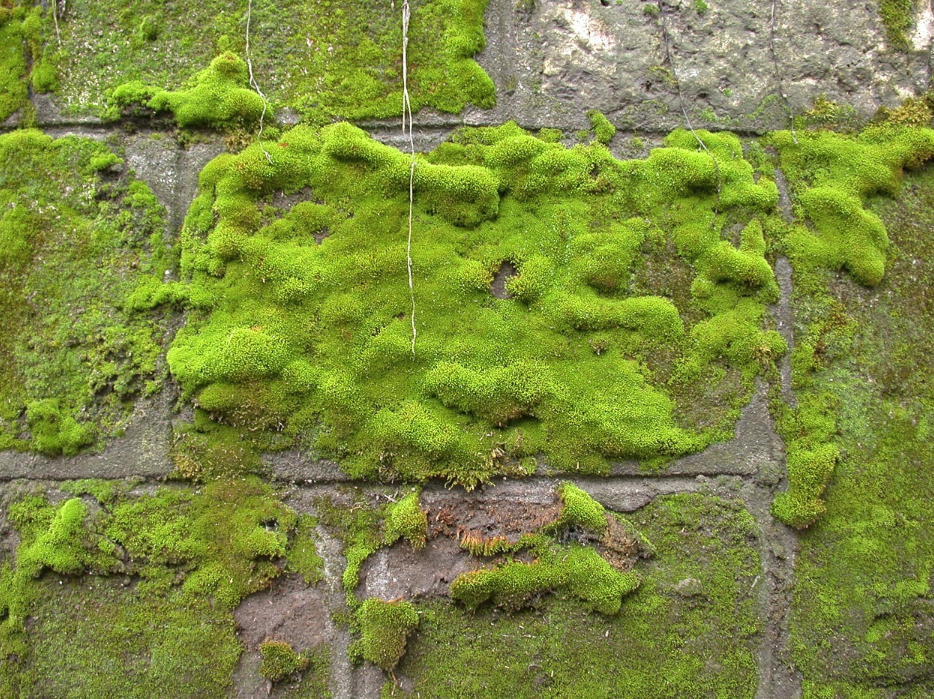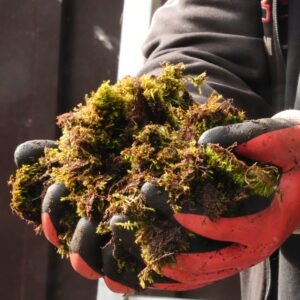A home’s roof is one of its most vital structural components, providing protection against the elements and maintaining the overall integrity of the building. However, one common issue that many homeowners tend to overlook is the growth of moss on their roofs. While moss may seem harmless or even add a rustic charm to a home, its presence can lead to serious damage if left unchecked. Ignoring roof moss removal can have significant consequences, from structural deterioration to costly repairs.
How Moss Develops on a Roof
 Moss thrives in damp, shaded environments where moisture is retained for long periods. Roofs that do not receive enough direct sunlight, especially those beneath trees or in humid regions, create the perfect conditions for moss growth. Over time, spores settle on the surface, and with the right conditions, they develop into thick patches of moss. Once established, moss retains moisture, which accelerates its spread and leads to a cycle of continuous growth.
Moss thrives in damp, shaded environments where moisture is retained for long periods. Roofs that do not receive enough direct sunlight, especially those beneath trees or in humid regions, create the perfect conditions for moss growth. Over time, spores settle on the surface, and with the right conditions, they develop into thick patches of moss. Once established, moss retains moisture, which accelerates its spread and leads to a cycle of continuous growth.
Structural Damage Caused by Moss
One of the primary risks associated with moss growth on a roof is its ability to retain moisture. Unlike other plants, moss does not require soil to grow. Instead, it draws moisture from the air and surrounding environment. This retained moisture creates a damp environment on the roof’s surface, which can lead to several structural issues.
First, the persistent moisture can cause roofing materials to deteriorate. Asphalt shingles, wood shakes, and even tile roofs are susceptible to damage when exposed to excessive moisture over time. Shingles can become brittle, curl, or loosen, making them less effective at repelling water. In some cases, moss growth can lift shingles, exposing the underlayment and allowing water to seep into the structure beneath. This leads to leaks, water damage, and even mold growth inside the home.
The Impact on Gutters and Drainage Systems
A well-functioning drainage system is essential for directing water away from the roof and home. When moss growth is ignored, it can spread beyond the shingles and clog gutters and downspouts. As moss detaches from the roof, it accumulates in gutters, creating blockages that prevent proper water flow. This leads to overflowing gutters, which can cause water to pool near the foundation of the home, increasing the risk of structural damage.
Additionally, excessive moisture accumulation in clogged gutters can contribute to ice dam formation in colder climates. Ice dams prevent proper drainage, leading to water backing up under shingles and causing leaks. Over time, this can compromise both the roof and the home’s insulation.
Increased Risk of Pest Infestation
 Moss-covered roofs can attract unwanted pests. Birds, insects, and rodents often find moss an ideal nesting material. As moss spreads, it can create pockets of dampness that attract insects such as termites, ants, and beetles. These pests can cause additional damage to roofing materials and, in some cases, even make their way into the home’s interior.
Moss-covered roofs can attract unwanted pests. Birds, insects, and rodents often find moss an ideal nesting material. As moss spreads, it can create pockets of dampness that attract insects such as termites, ants, and beetles. These pests can cause additional damage to roofing materials and, in some cases, even make their way into the home’s interior.
Rodents such as squirrels may also take advantage of moss-covered areas to access the attic, where they can cause further damage by chewing through insulation, wiring, and wooden structures.
The Effect on Energy Efficiency
A home’s roof plays a significant role in maintaining energy efficiency. When moss is allowed to grow unchecked, it can disrupt the roof’s ability to regulate temperature. The retained moisture increases humidity levels, which can affect the home’s internal temperature and force heating and cooling systems to work harder.
In warmer months, a moss-covered roof can trap heat, making the interior of the home warmer and increasing the demand for air conditioning. Conversely, in colder months, trapped moisture can contribute to frost damage, making the roof less effective at insulating the home. The result is higher energy bills and reduced overall comfort.
Aesthetic and Property Value Considerations
Beyond structural concerns, moss-covered roofs can have a significant impact on a home’s curb appeal. A roof covered in green patches of moss gives the impression of neglect, which can lower the overall value of the property. This is particularly important for homeowners looking to sell their homes, as potential buyers may see a moss-covered roof as a sign of poor maintenance.
Additionally, some homeowners’ insurance policies may not cover damage resulting from neglect, including damage caused by untreated moss growth. This means that ignoring roof moss removal could lead to higher out-of-pocket repair costs in the long run.
Preventative Measures and Proper Maintenance
To avoid the risks associated with roof moss, homeowners should take proactive steps to prevent its growth and ensure regular maintenance. One of the simplest methods is to keep the roof clear of debris. Leaves, branches, and other organic material can trap moisture, creating an environment conducive to moss growth.
Trimming tree branches that provide excessive shade over the roof can help reduce damp conditions. Increasing sunlight exposure naturally inhibits moss growth and prevents moisture buildup.
For existing moss problems, professional roof cleaning services can safely remove the growth without causing damage to the roofing materials. There are also chemical treatments and moss-resistant roofing materials available to help prevent future moss infestations. Homeowners should choose cleaning methods that are environmentally friendly and do not cause further wear and tear on their roofs.